RMS Antonia (1922-48)
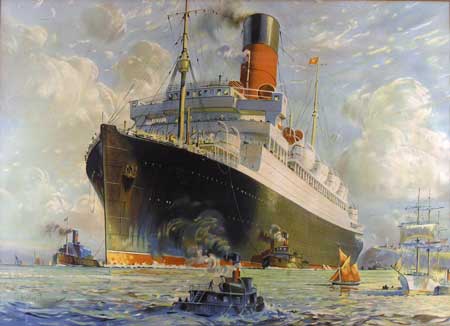
A painting produced for the inaugural poster to introduce the Cunard’s new Canadian service in 1922. Painted in 1921 by Walter Thomas, it portrays Antonia off Quebec as she leaves port returning to England for more immigrants for Canada. The painting can be seen today in the Anglo Boer War Museum in Canada.
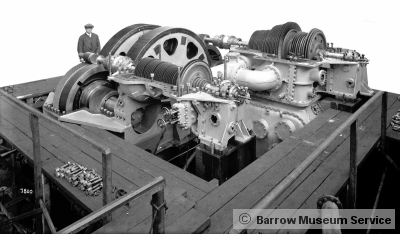
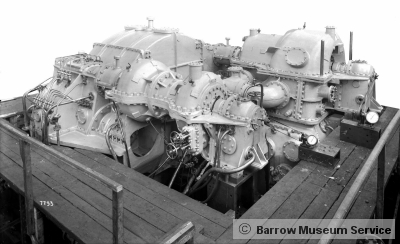 Two unusual photographs of SS Antonia’s double reduction steam turbine gear photographed just prior to installation in 1921 (Copyright Barrow Museum Service)
Two unusual photographs of SS Antonia’s double reduction steam turbine gear photographed just prior to installation in 1921 (Copyright Barrow Museum Service)
The Antonia was the first of the ‘A’ Class of 1922 batch to be launched, taking to the water in March 1921 from the Vickers Armstrong’s Barrow-in-Furness yard. She completed and made her maiden voyage, from London to Quebec and then Montreal, on the 15th June 1922. Throughout the 1920’s and 30’s the Antonia sailed mainly on the London to Montreal route and then in the winter months, when the St Lawrence River was frozen, terminated her voyage at Halifax. She also frequently called at Hamburg to embark third class passengers and load cargo.

The launch of SS Antonia in March 1921 at the Barrow-in-Furness yards of Vickers Armstrong.

The SS Antonia (on the left) fitting out at the Barrow-in-Furness yards in 1921 with the almost complete, SS Scythia alongside. (Copyright Barrow Museum Service)
 The SS Antonia performing her sea trials in 1922. (Copyright Barrow Museum Service)
The SS Antonia performing her sea trials in 1922. (Copyright Barrow Museum Service)
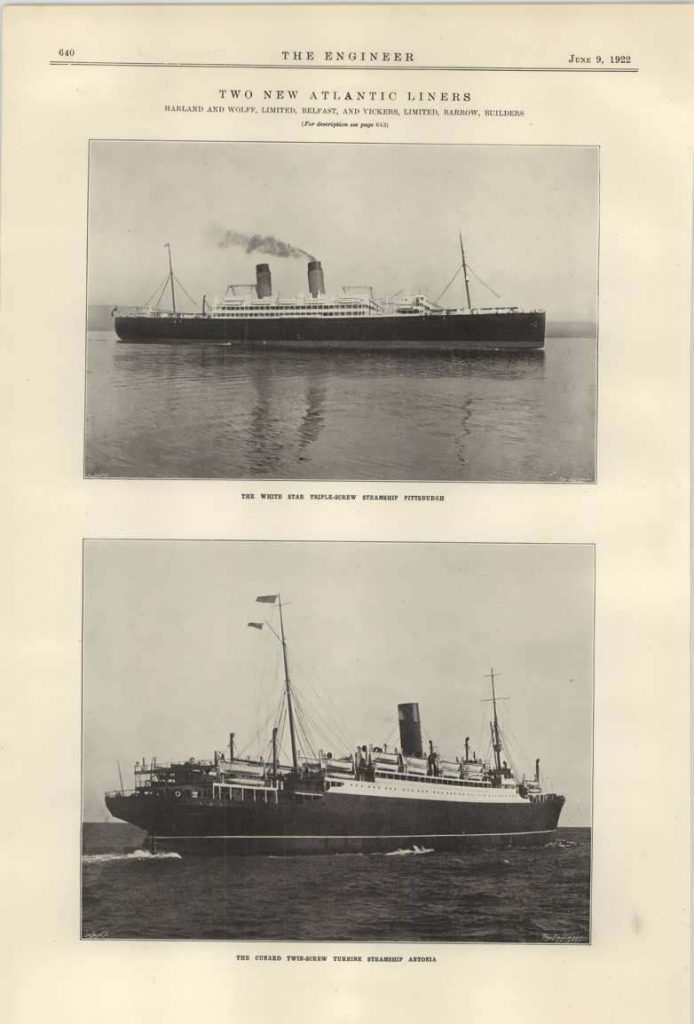
A page from the Engineer magazine, dated June 9th 1922, in which the two new Atlantic liners, the White Star SS Pittsburgh and the Cunard SS Antonia are advertised. (Copyright Grace’s Guide)
In January 1923, the Antonia was employed between Hamburg and New York and she called at Cherbourg en route from New York on New Year’s Day. On the following day, whilst she was bound for Hamburg, fire broke out in a linen room near third class quarters. Fortunately it was discovered quickly and extinguished by the crew and over the next seven days repairs were carried out in Hamburg. In April 1924 Queenstown was added as a port of call on the ship’s usual route to cater for the new Irish Free State.
Five years later, on 27 September 1929, the Antonia was also involved in a minor collision with the Norwegian ship Brio, whilst near the Princes Landing Stage in Liverpool. The Antonia suffered some damage to her port quarter, but was able to continue her voyage, which on this occasion was to Belfast, Quebec and Montreal.
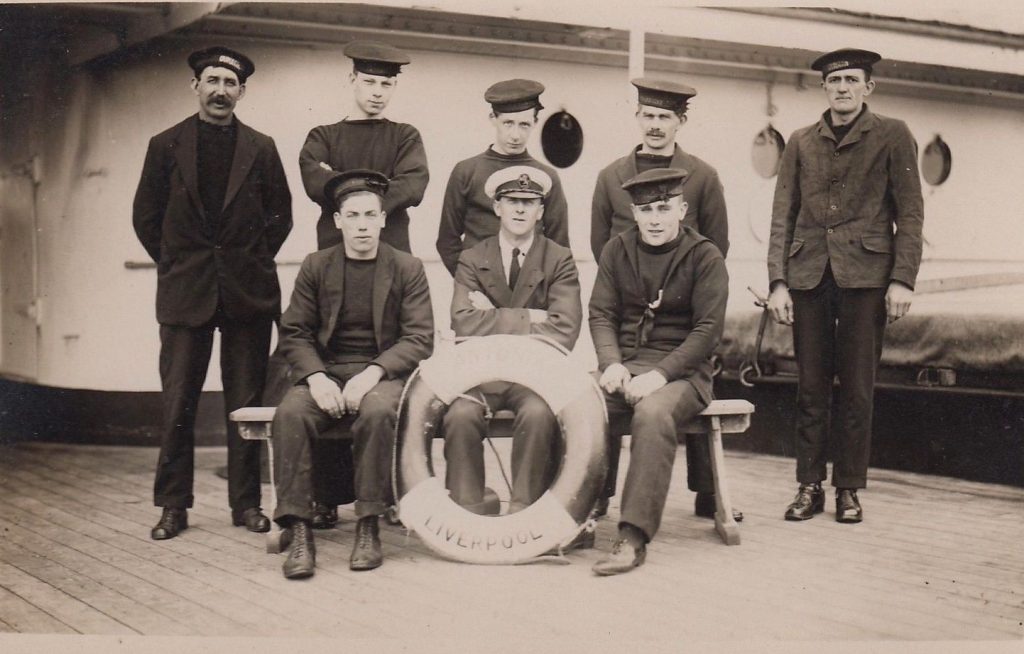
With one of her life rings as the centre piece, this crew photograph was taken on the starboard side of RMS Antonia’s forecastle, taken sometime in the early 1920’s.
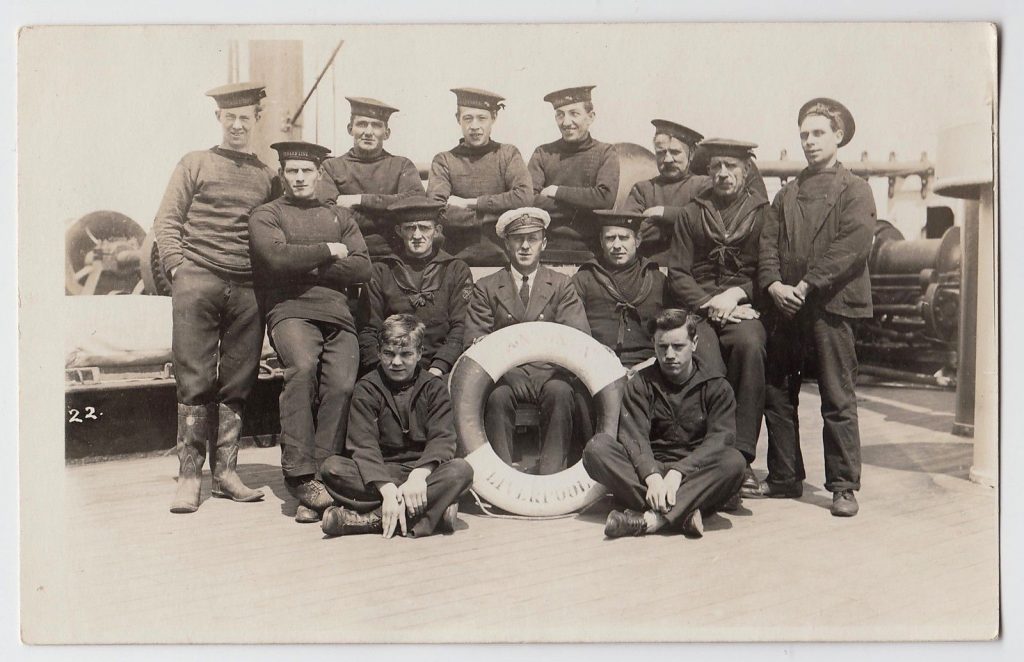
With one of her life rings as the centre piece again, this crew photograph was taken on the boat deck of RMS Antonia, taken sometime in the early 1920’s.

With one of her life rings as the centre piece again, this crew photograph was taken possibly on the starboard side of the boat deck of RMS Antonia, taken sometime in the early 1920’s.
On 3rd October 1934, the Antonia, bound for Belfast and Liverpool from Montreal, had gone to the aid of the small British collier, the Ainderby, which was in distress 500 miles from St. John’s, Newfoundland. In the event the Antonia stood by the vessel overnight whilst the ship was repaired, but was not required to give assistance and the Ainderby was able to continue her voyage to Montreal.
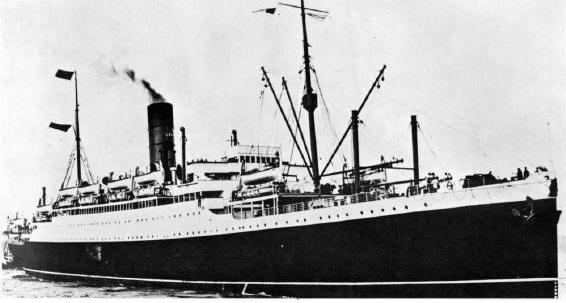
The RMS Antonia at sea in 1925

A postcard of the RMS Antonia at sea in 1925

RMS Antonia passing under the Quebec Bridge in 1925
The Antonia left Liverpool on the 26th August 1939 and had almost completed her voyage to Montreal when war broke out. On her return to England, she was chartered by the Government to serve as a troopship and for the first 12 months of the war she brought Canadian troops to Britain and carried Government passengers and child evacuees west bound to Canada and the USA.

The first in a series of dramatic photographs taken on board the RMS Antonia by one of her passengers while experiencing rough seas during their voyage to Quebec in 1926. This photograph shows the starboard side foredeck.
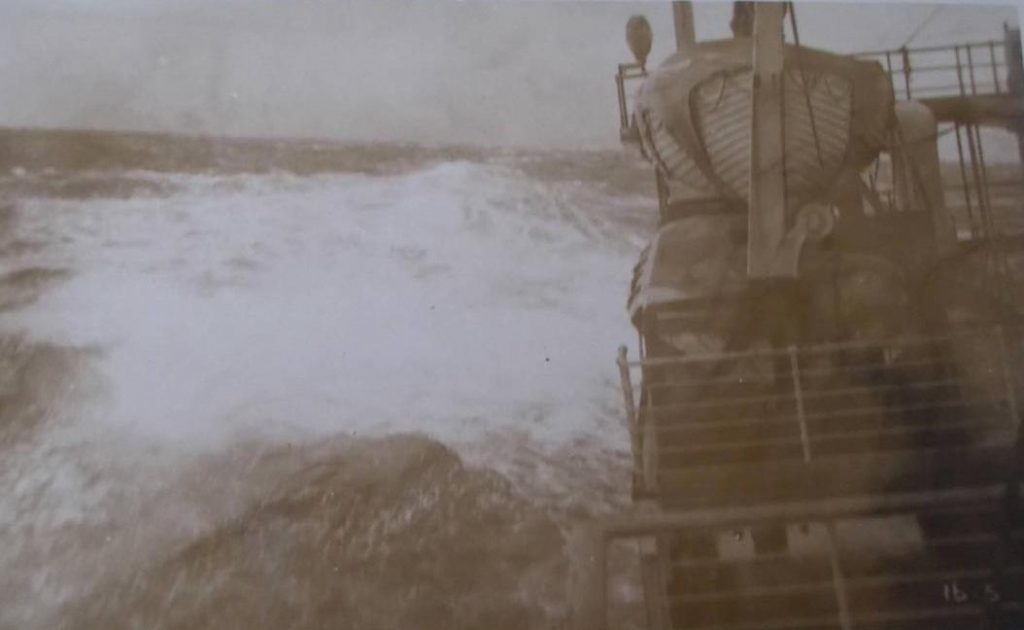
The starboard side life boat station of RMS Antonia looking aft in rough seas taken in 1926.
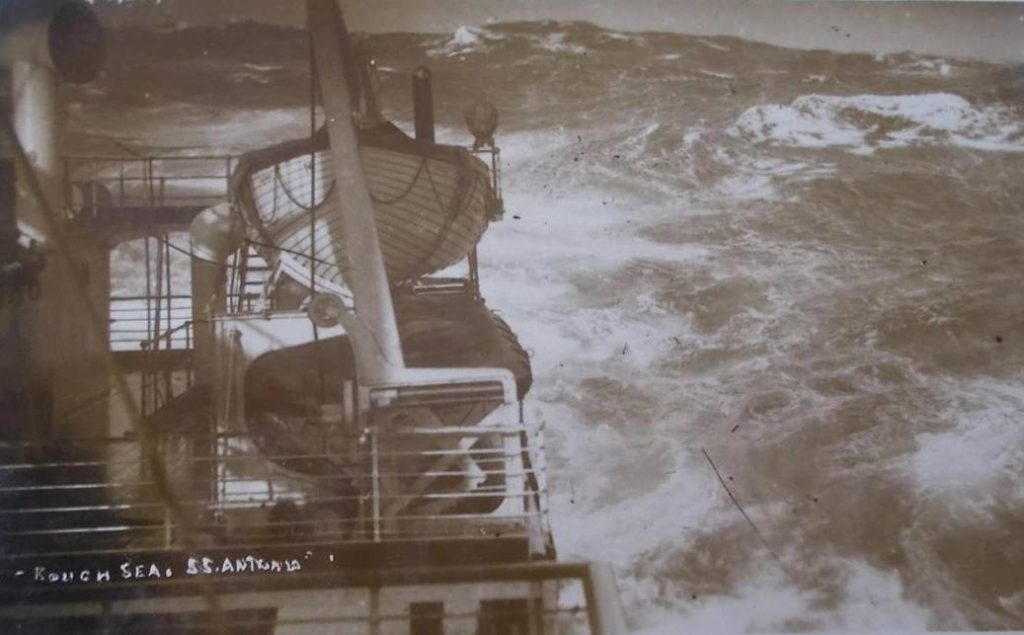
The port side life boat station of RMS Antonia looking aft in rough seas taken in 1926.
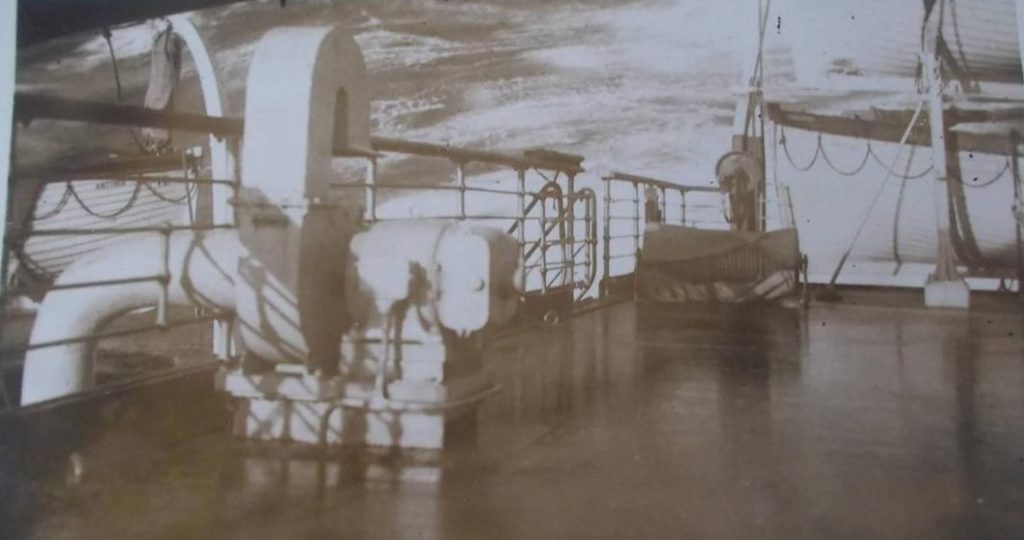
The starboard side life boat station of RMS Antonia looking aft in rough seas taken in 1926.
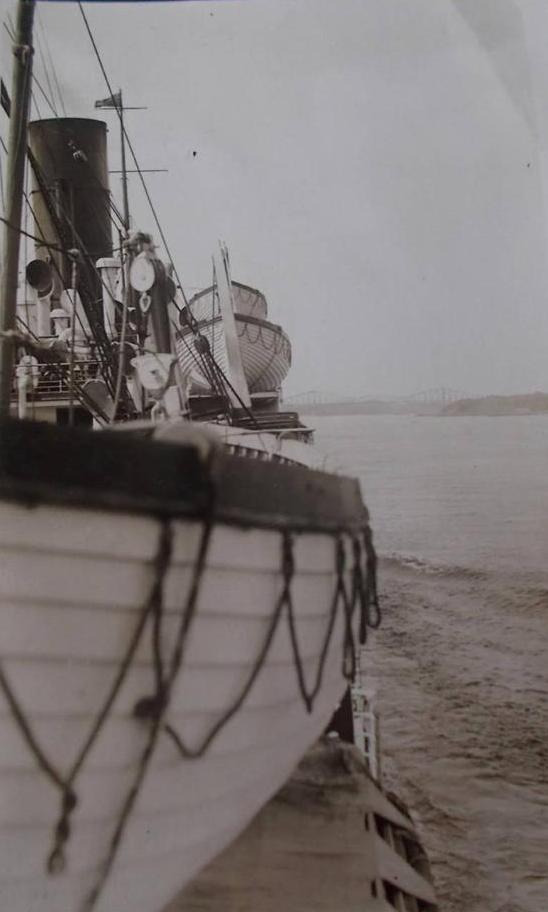
The port side life boat station of RMS Antonia looking aft taken in 1926.

This aerial photograph of RMS Antonia was taken on the 5th July 1935 as she travelled down the St. Lawrence River, Quebec, on her way to England. The photograph was taken on behalf of the Detroit News, as several of the papers journalists were on board. (Copyright Detroit News Air photo)
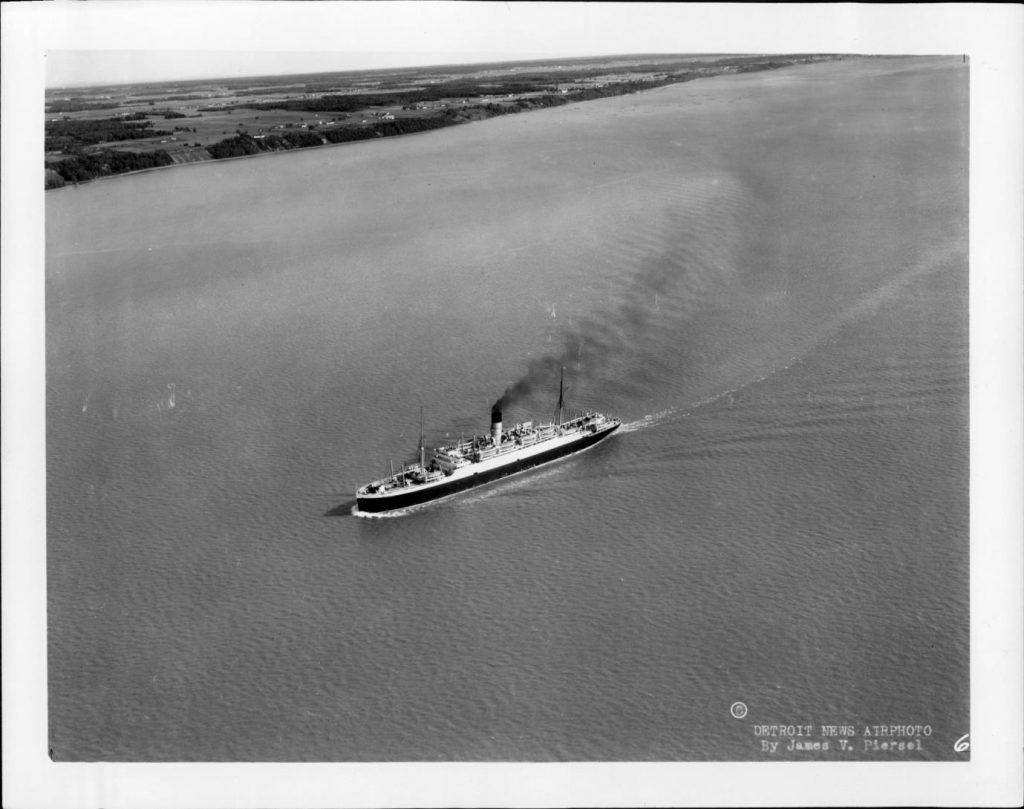
Also taken on the 5th July 1935, this aerial photograph shows RMS Antonia just passed between Batisoan, La Parade and Deschaillons, on the St. Lawrence River, Quebec. (Copyright Detroit News Air photo)

The RMS Antonia returning to Liverpool
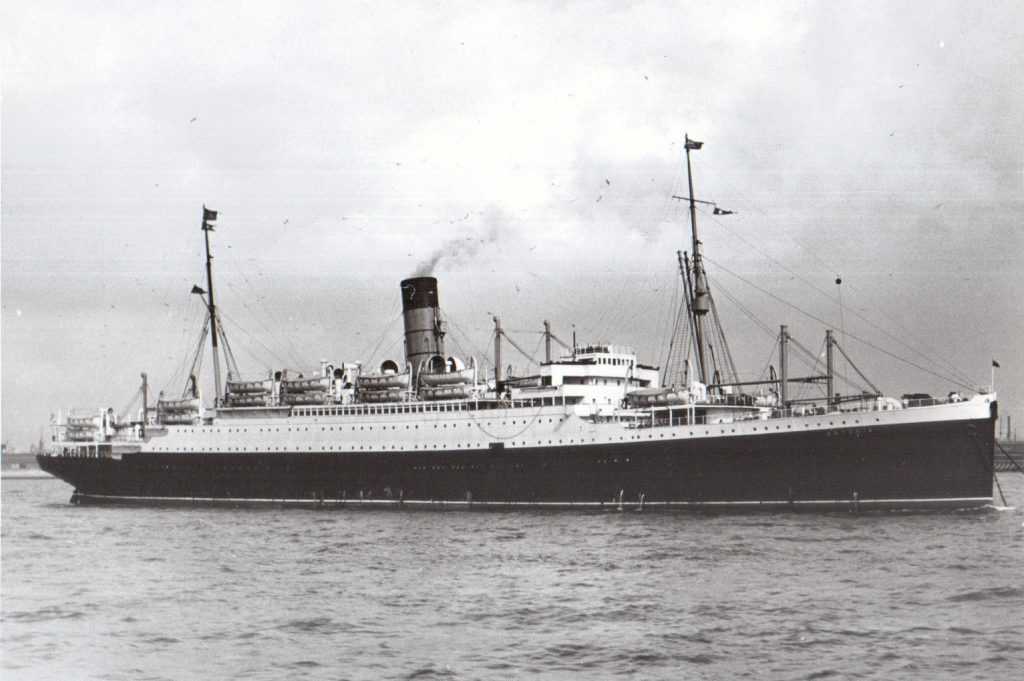
Photograph of the RMS Antonia taken sometime in the 1930’s.
The Antonia was finally requisitioned by the Admiralty in October 1940 and although it was first intended that she too would become an armed merchant cruiser, the urgent need for a repair vessel took priority and as a result the Antonia spent 10 months in Portsmouth being converted into a fleet repair ship. It was decided early on in the conversion that she would be purchased outright from Cunard by the Admiralty. By early August 1942 work on the ship was almost complete and advance parties of her company joined her. At 9 am on Wednesday the 19th August 1942, she was commissioned into the Royal Navy and renamed HMS Wayland and at 5 pm that day the main draft of the ships company went aboard.
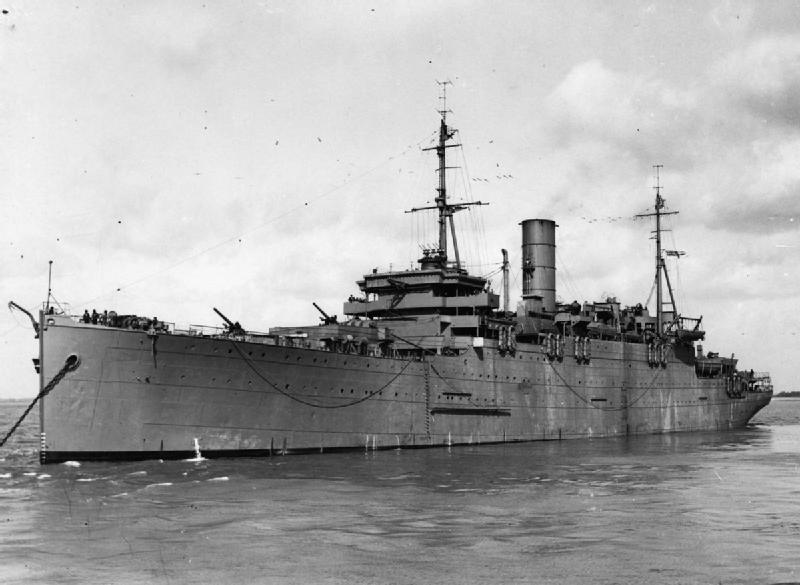
HMS Wayland after conversion to repair ship in October 1942. Note the lack of cranes that all the other former ‘A’ Class ships had following their conversions. (Copyright Imperial War Museum)
During September 1942 she sailed in and out of Portsmouth as she completed her trials, then on the last day of that month, she left for the Clyde. After a period of trials the ship joined a convoy for a passage to Trincomalee in Ceylon, via Cape Town.

HMS Wayland with HMS Orchis on the 23rd December 1942.
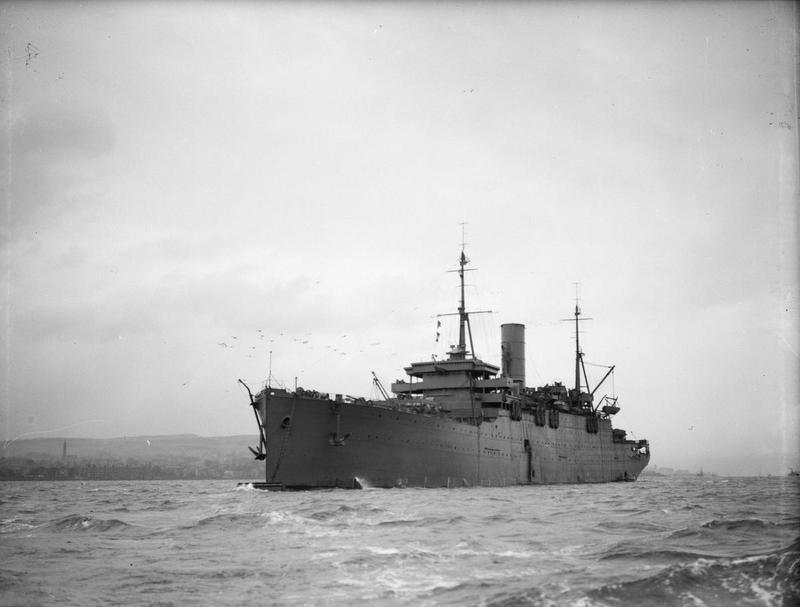
HMS Wayland at Greenock on the 7th January 1943. (Copyright Imperial War Museum)
HMS Wayland arrived in Kilindini Harbour, Mombasa in May 1943 and whilst there her destination was changed and she steamed north through the Suez Canal to Ferryville in Tunisia where she remained for the rest of the year supporting the defeat of the Axis forces in Tunisia and the liberation of Italy. In early 1944 she made her postponed voyage to Trincomalee in Ceylon, where she remained for the rest of the war supporting the Far East Fleet in the war against Japan.
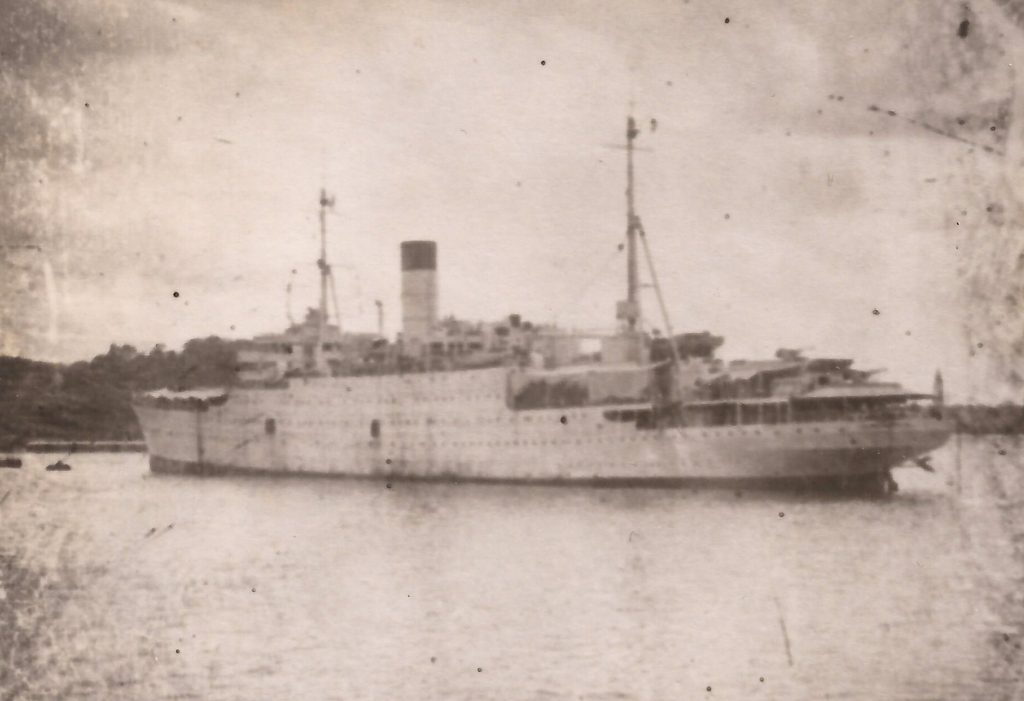
HMS Wayland at Trincomalee in 1944.

HMS Wayland at Trincomalee in 1944.
On the 26th October 1945, she left Trincomalee for Bombay, where she underwent a major refit, having been dogged by mechanical trouble. When this was completed she remained in the Indian port until the 7th February 1946, when she left for the UK. The voyage across the Indian Ocean was plagued with problems for her engine room staff and she took ten days to reach Aden. She finally arrived in Gareloch via Suez and Gibraltar on the 3rd April. She remained there until the 21st May when she sailed for Chatham by way of the Irish Sea and the English Channel. On the 31st May she was paid off at Chatham and laid up pending disposal, and was finally broken up at Troon in Scotland in 1948.